Lorne Prosser – Gananoque’s Town Photographer
by: Tom King
The art of photography has certainly changed. With a high-quality digital camera in virtually every smartphone these days, just about everyone has the ability to capture memorable images of people, places, things, and events. Such was not the case one hundred years ago when a young man named Lorne Prosser began his photography business in the town of Gananoque. In those days, the magic occurred in the dark room, where the photographer put his skills to work to create stunning black and white photographs, not in a computer or with post-production digital editing software.
Willard Lorne Prosser was born in North Lunenbourg, Ontario in 1898. the youngest of three children. As a young man Lorne developed an interest in oil painting and, in 1920, he moved to Kingston to apprentice under the well-known local artist, Peter McKenzie.
One thing he quickly learned was that, although it is great to be a talented painter, you must also be able to earn a living to support your artistic endeavours. Mr. McKenzie had established a commercial photography business in Kingston, which catered to several local businesses and organizations, and provided him with a source of steady income. Lorne thought that this was a pretty good business model, so when he learned that a gentleman named William Findlay was selling his photography business in Gananoque he jumped at the opportunity and scraped together enough funds to make the purchase.
What was advertised as an “established business” turned out to be a somewhat less than that; a one room studio on the top floor of the Merchant’s Bank building, located on the south-east corner of King and Stone Streets, with a large pile of unidentified prints and negatives on the floor. Lorne wanted to start off with a clean slate, so he had all of Mr. Findlay’s old material hauled to the town dump and burned. One thing that Peter McKenzie had instilled in the young Prosser was the need to maintain a meticulous filing system for all of his photographs and negatives so that if a past customer wanted a reprint of the original image, he could easily provide it. Lorne took this advice to heart and kept accurate records during his entire career.
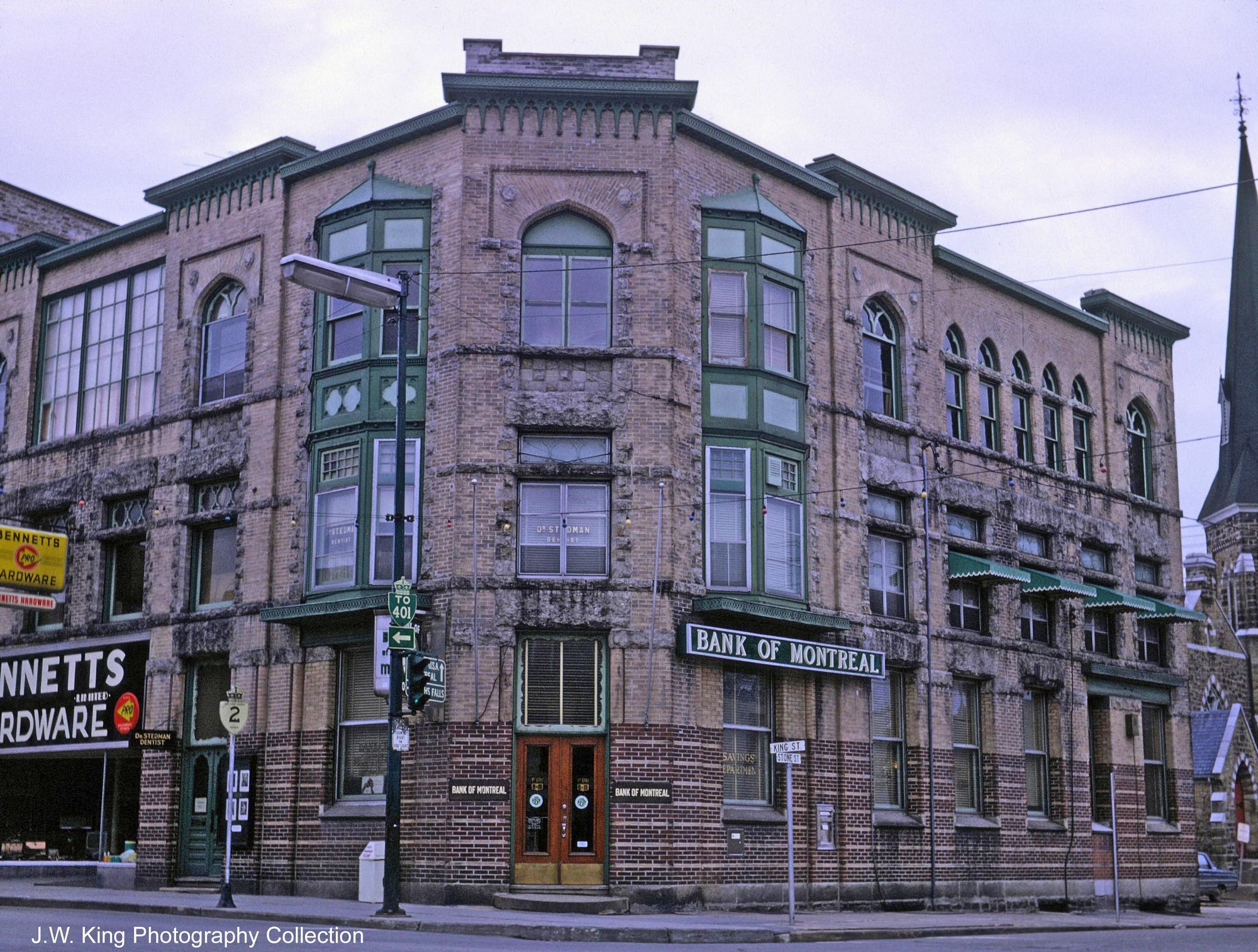
Over the next several years Prosser Studios became a very successful enterprise and, whether he knew it or not, Lorne was creating an important historical record of the Town of Gananoque through the lens of his camera, one photograph at a time. Not only did he shoot weddings, school graduations, family and individual portraits, and important civic events, the but studio also did a lot of commercial photography for local industries. Lorne shot his photos in black and white and chose to stay with that medium even when colour photography was making significant advances in the industry.
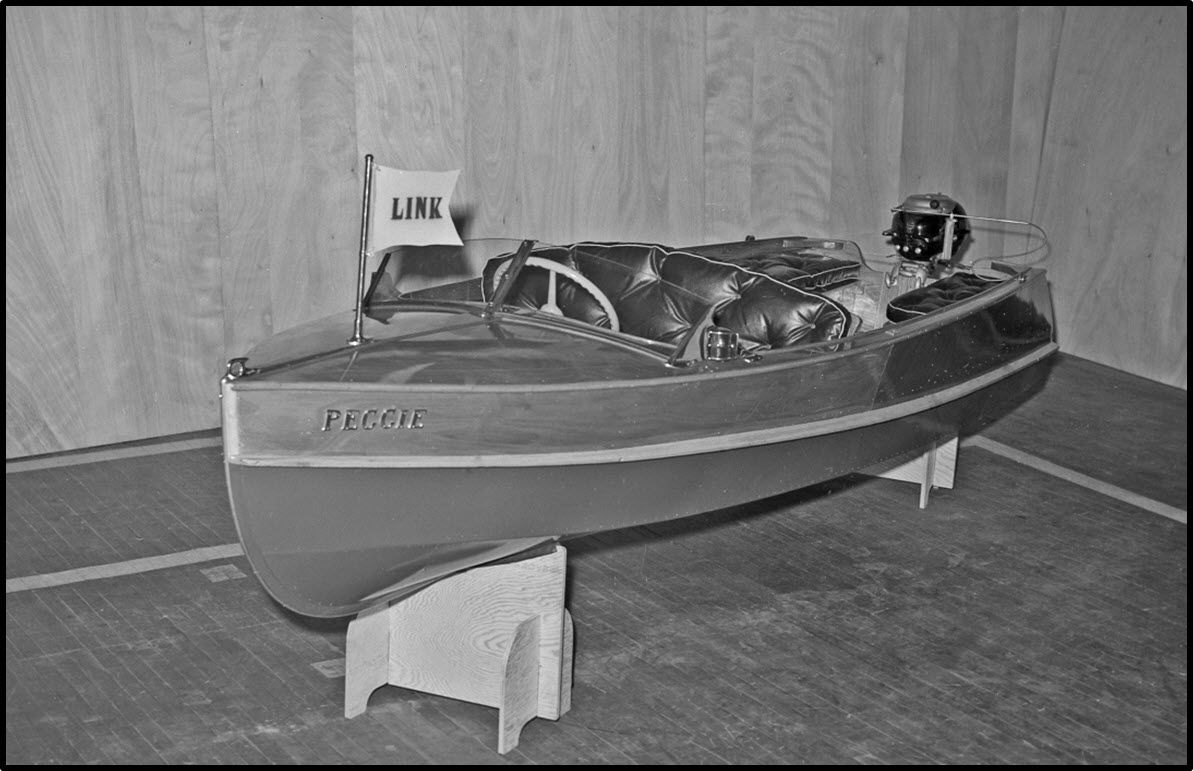
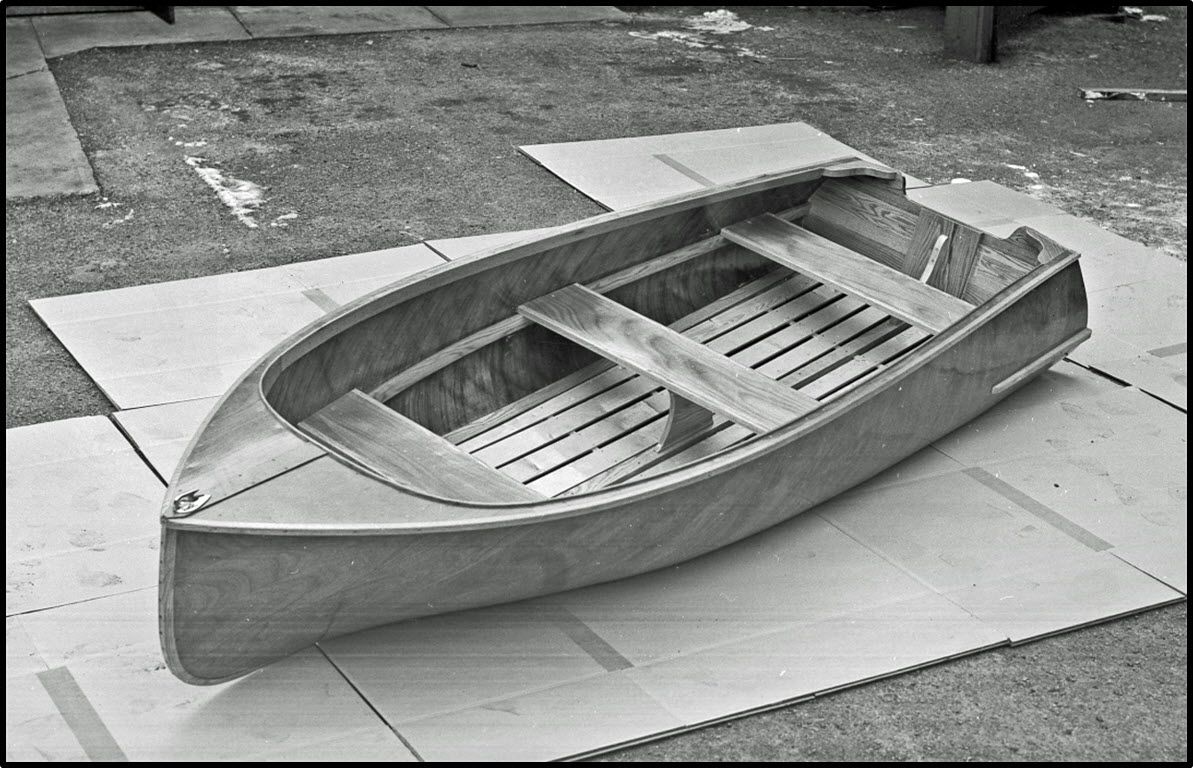
Throughout his career, Lorne developed expertise in several different aspects of photography. He recognized a need for aerial photography in the area and added that offering to his business. He also learned how to repair and restore old photographs and provided those services too. He was probably best known, however, for his portrait work, especially those that had children as the subject matter. Over the span of his career, Lorne was presented with several awards for his photographic work and was always held in high regard by his peers.
One of the bonuses of taking the annual class pictures at the local elementary schools was that Mr. Prosser got to meet all the teachers while he was lining the students up in preparation for the big photo. One lovely young lady in particular, Helen Case, caught Lorne’s eye, and in 1944 they were married. They remained together until Lorne’s passing in 1990. Helen died the following year.

I must admit that selecting the photographs to go along with this story was a bit of a challenge. Lorne Prosser has such an immense body of work available from which to choose that I made the decision to keep the focus of the images on the Thousand Islands. I think Lorne would agree with this choice, as he loved the St. Lawrence River and spent many hours boating and fishing among the islands.
The first grouping of pictures comes from the archives of the Gananoque Historical Society. John Nalon has a large number of Prosser photographs in his collection and he graciously allowed me access a couple of years ago to go through them and scan some of the negatives that were on file. From the top left, clockwise, are; the Miss Brockville tour boat on one of her sightseeing trips; a visit to Gananoque by Prime Minister John Diefenbaker; the newly constructed Island Wanderer tour boat undergoing sea trials; and Gananoque’s International Square.
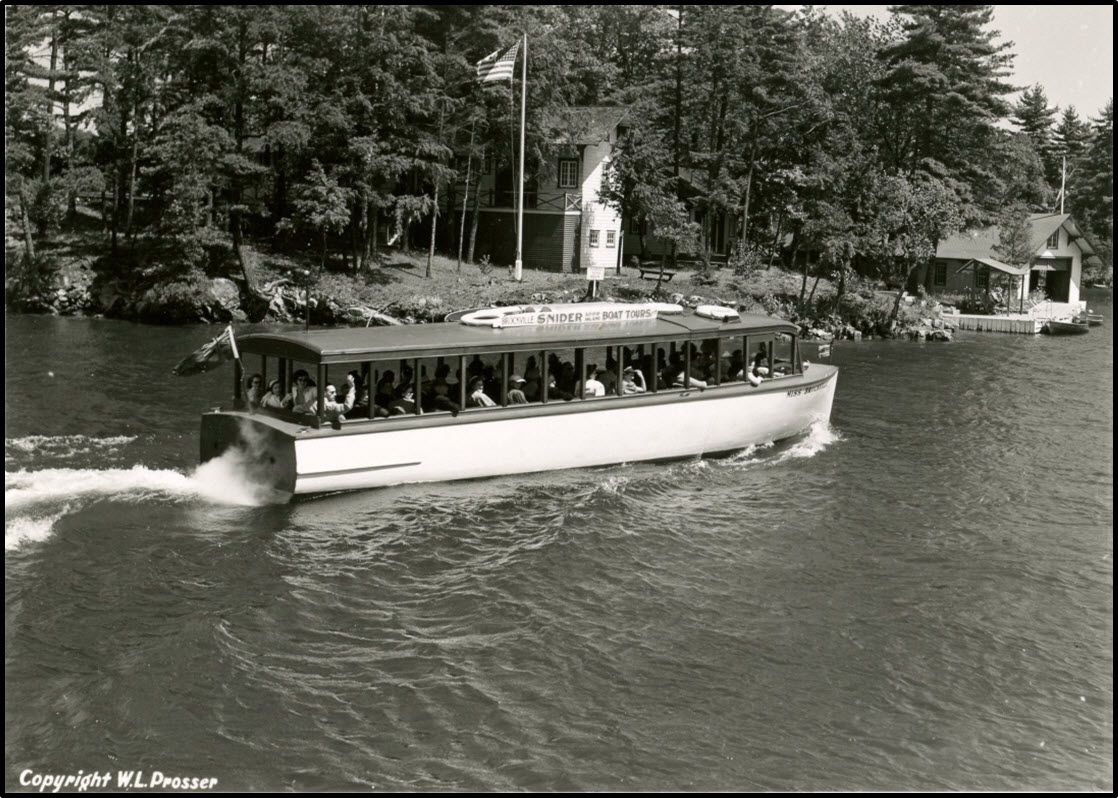
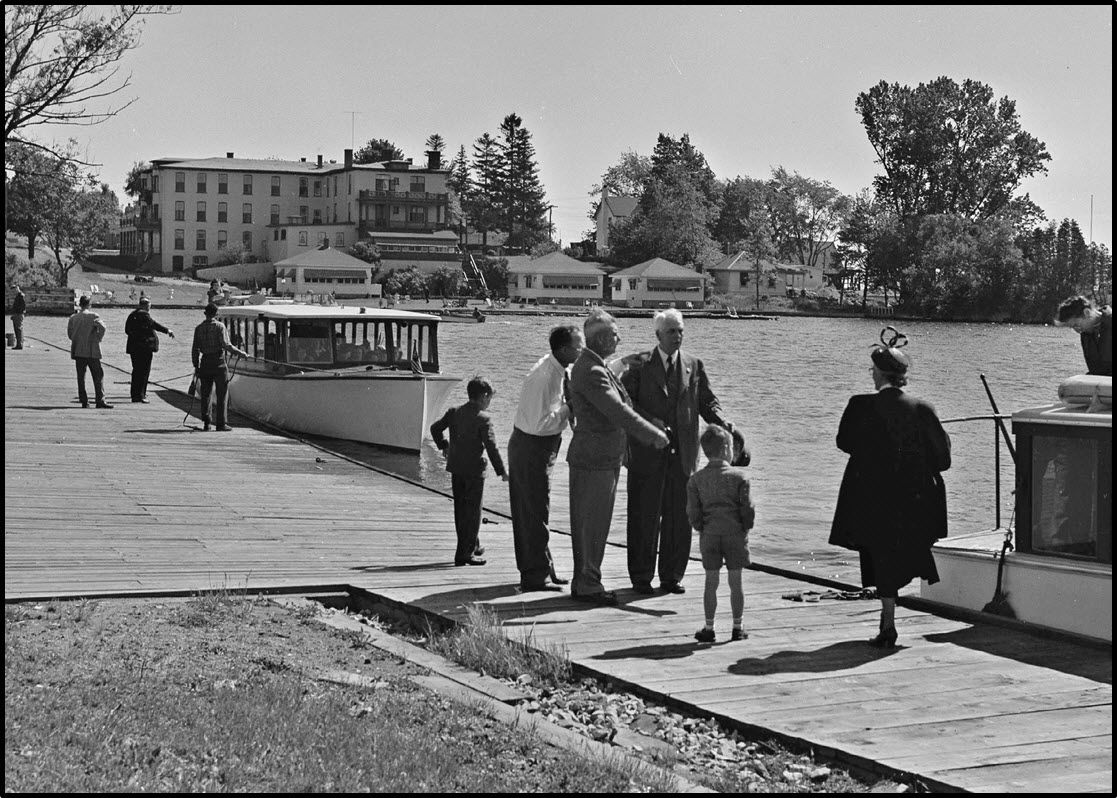
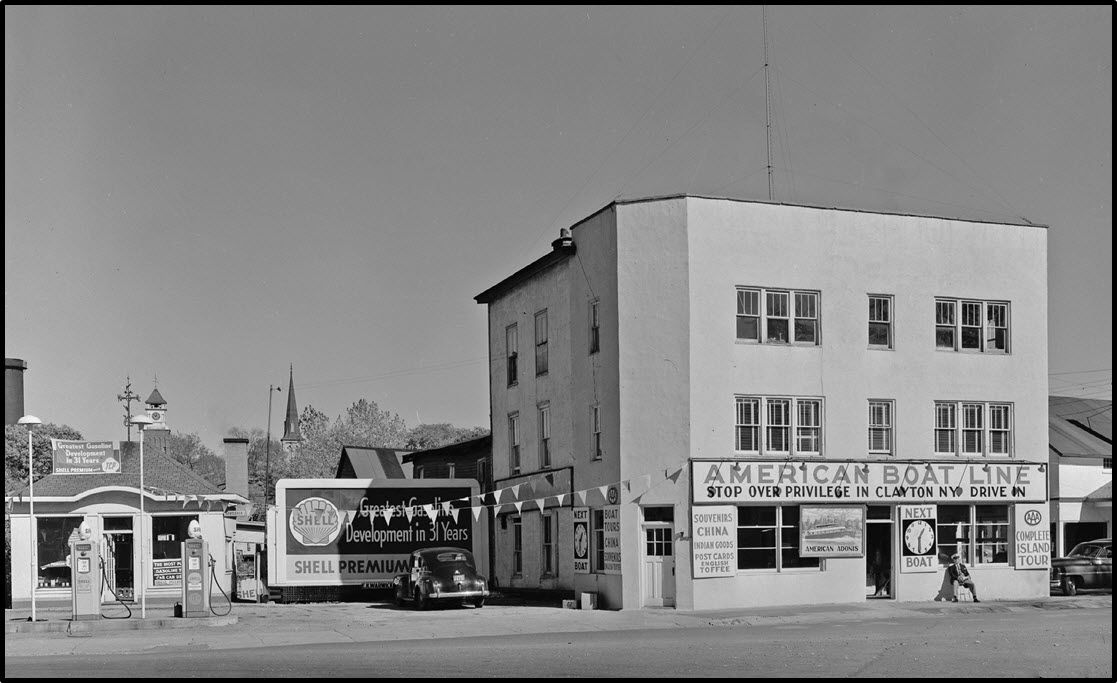
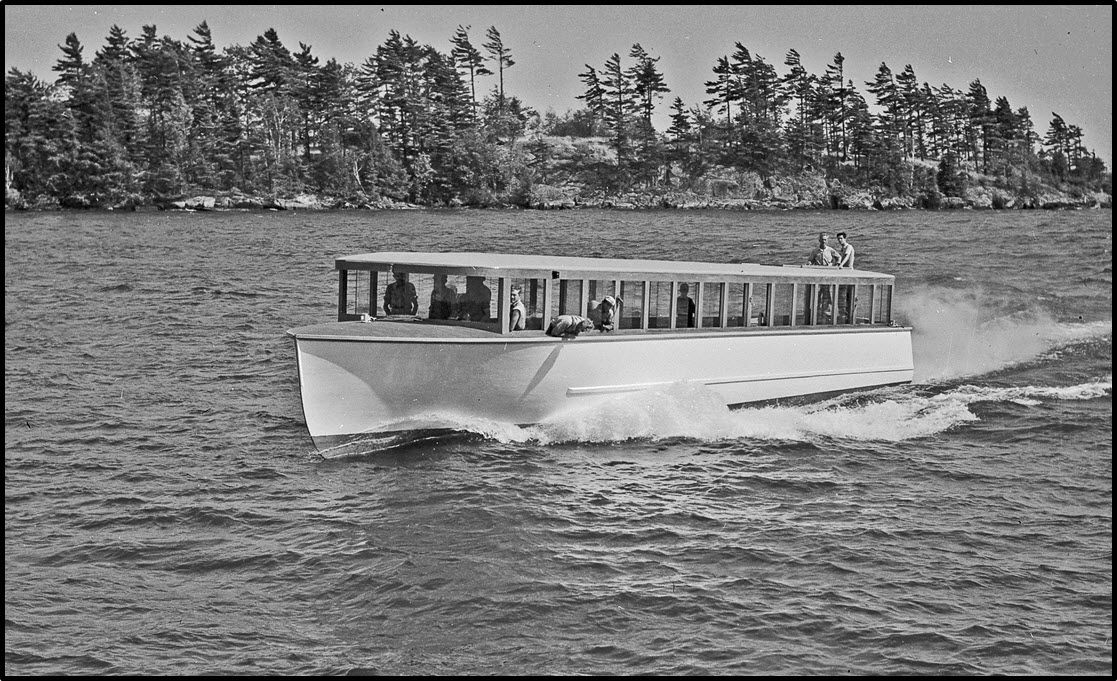
The next set of images came from the collection of Jim Skelding, a former resident of Gananoque, who collects post cards. Jim has gathered several that were taken by W. L. Prosser over the years and shared a few that showcase the Thousand Islands. They are from the top left, clockwise: a scenic view from Bluff Park in Gananoque; Mooney’s Gas Dock and Store in Ivy Lea; an aerial view of the Amaryllis houseboat; and a shot of a lovely wooden cruiser passing by.
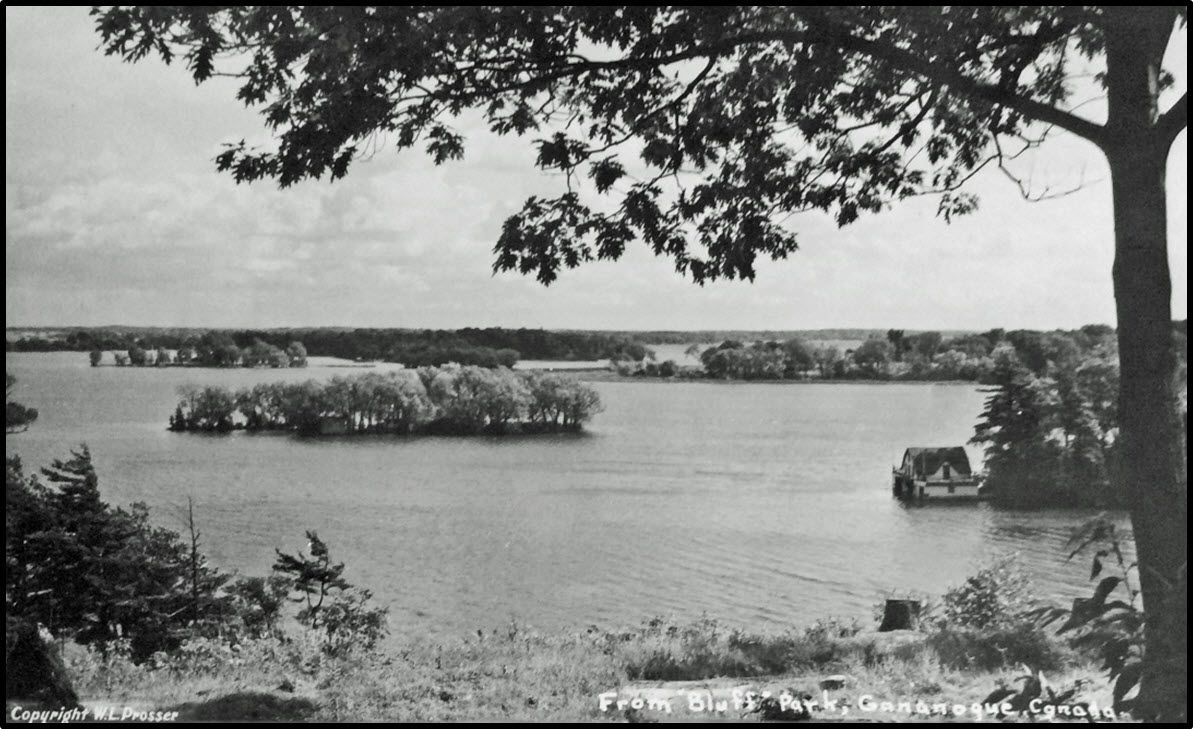
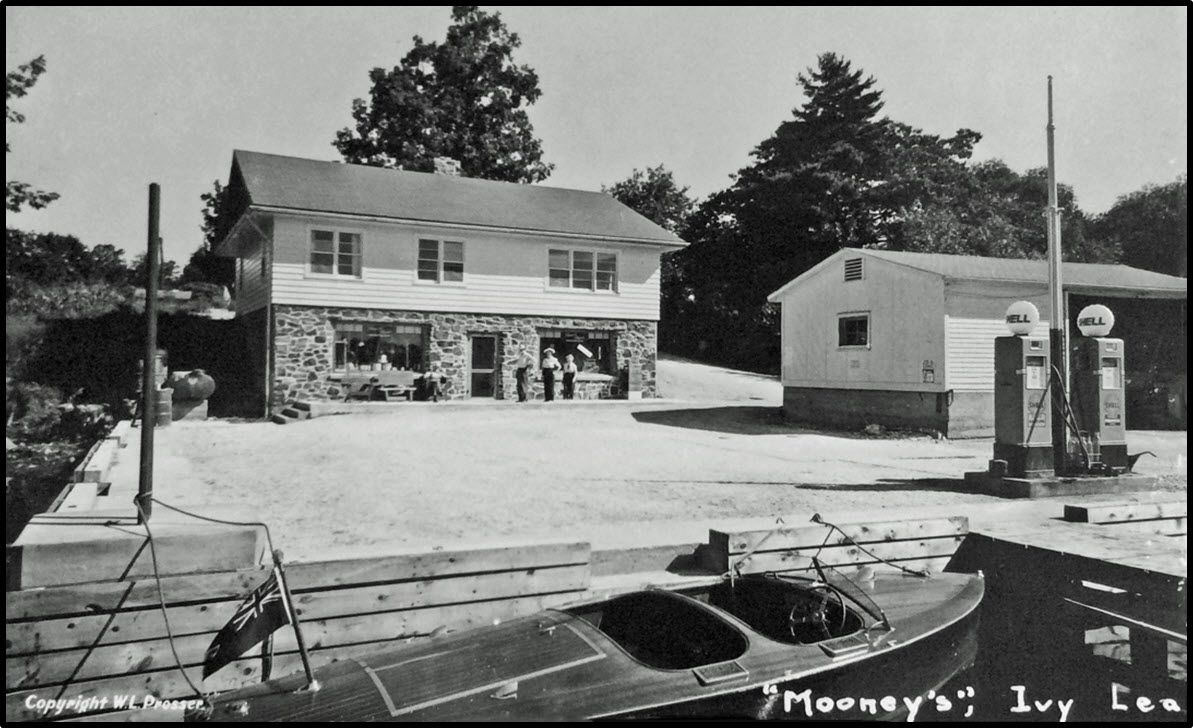
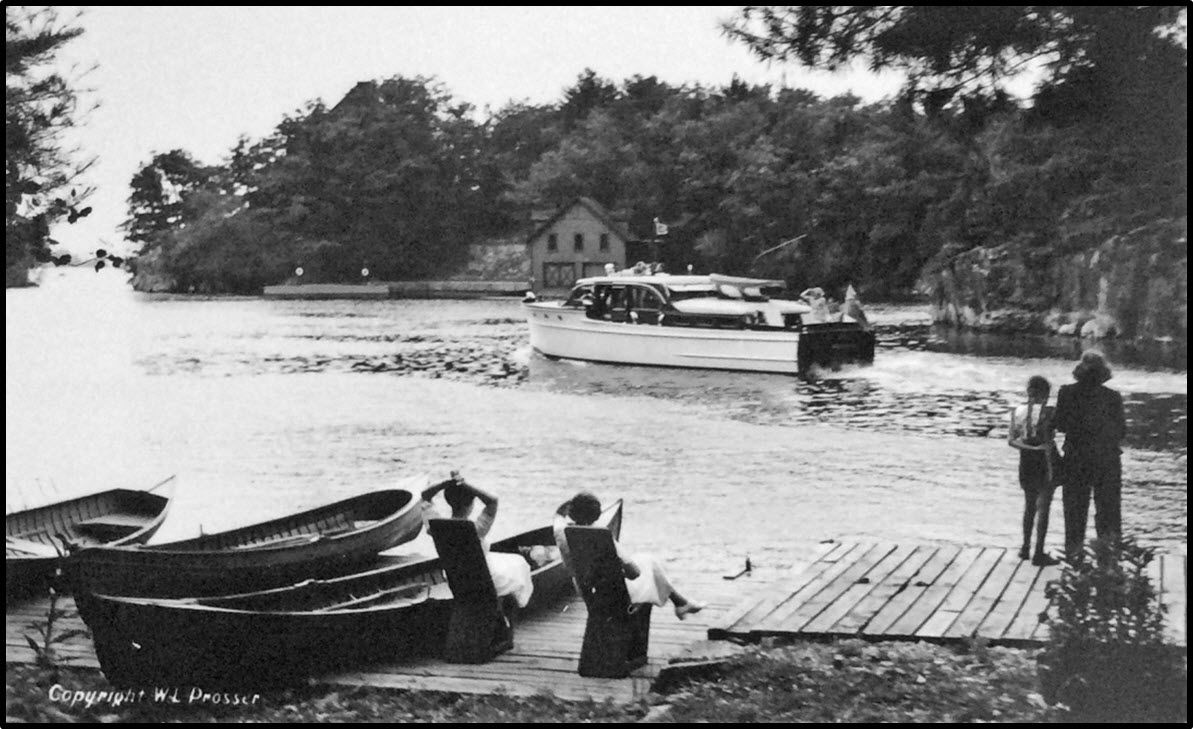
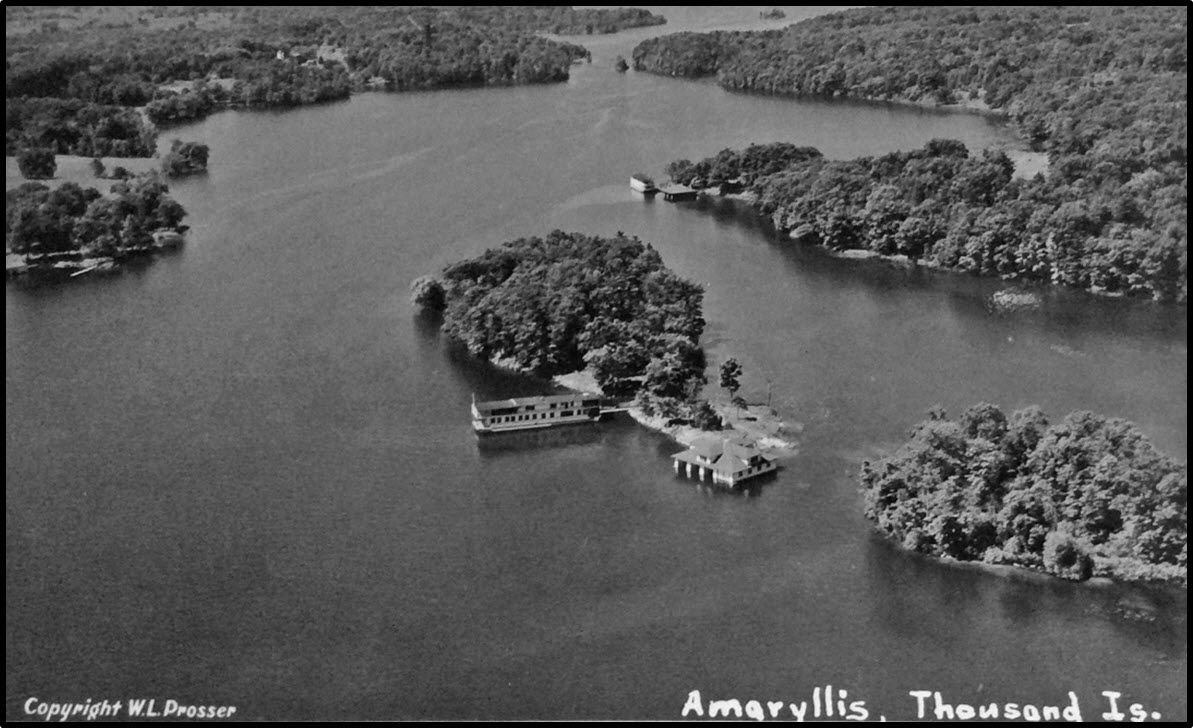
The two pictures of the old tour boats were gifts to Suzanne Leakey by Lorne, in appreciation of the excellent home care that she provided to him in his later years, while she worked for the Red Cross. The Manitonna, on the left, was part of the 1000 Islands Boat Line while the Lynda VII, photographed from one of Lorne’s favourite vantage points, belonged to the Gananoque Boat Line fleet. Lorne took Suzanne’s college graduation photos in his studio, which was now located in the basement of his home, and those pictures were the last commercial images that Lorne shot, developed and printed.
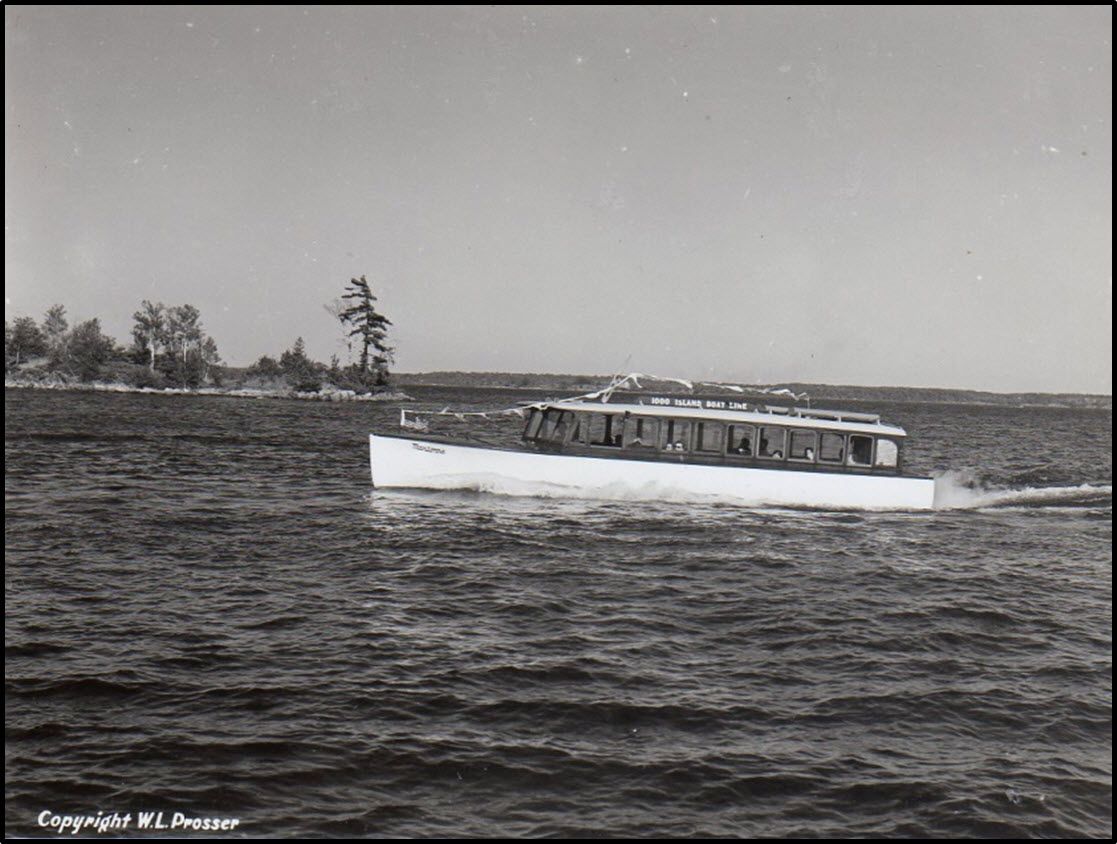
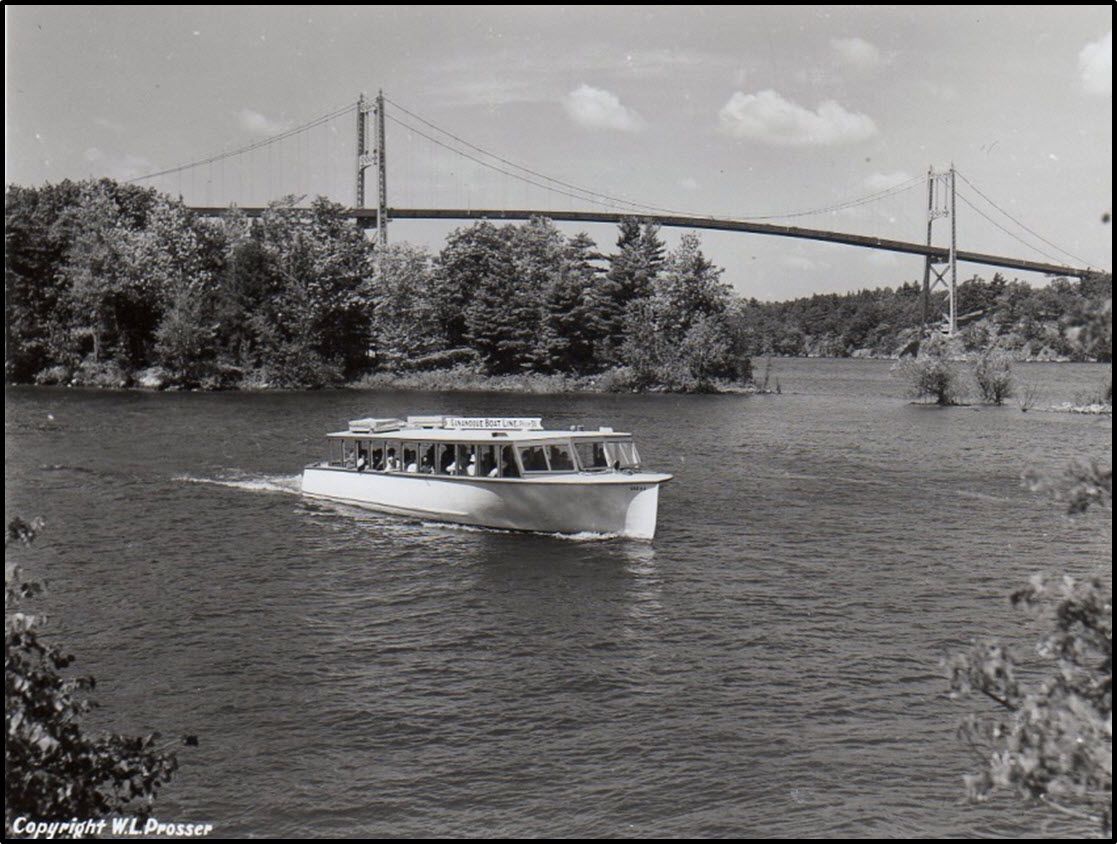
The final selection of tour boat photographs comes from the author’s personal collection of Thousand Islands historic images. They are from the top left, clockwise: the Miss Brockville and Miss Brockville V at the Mount Airy Lodge in Ivy Lea; Sam Sedgwick’s Island Wanderer in full flight; the Thousand Island Yacht Line’s Gloria passing under the Thousand Islands Bridge; and another of Sedgwick’s boats, Boldt Castle, with the bridge in the background.
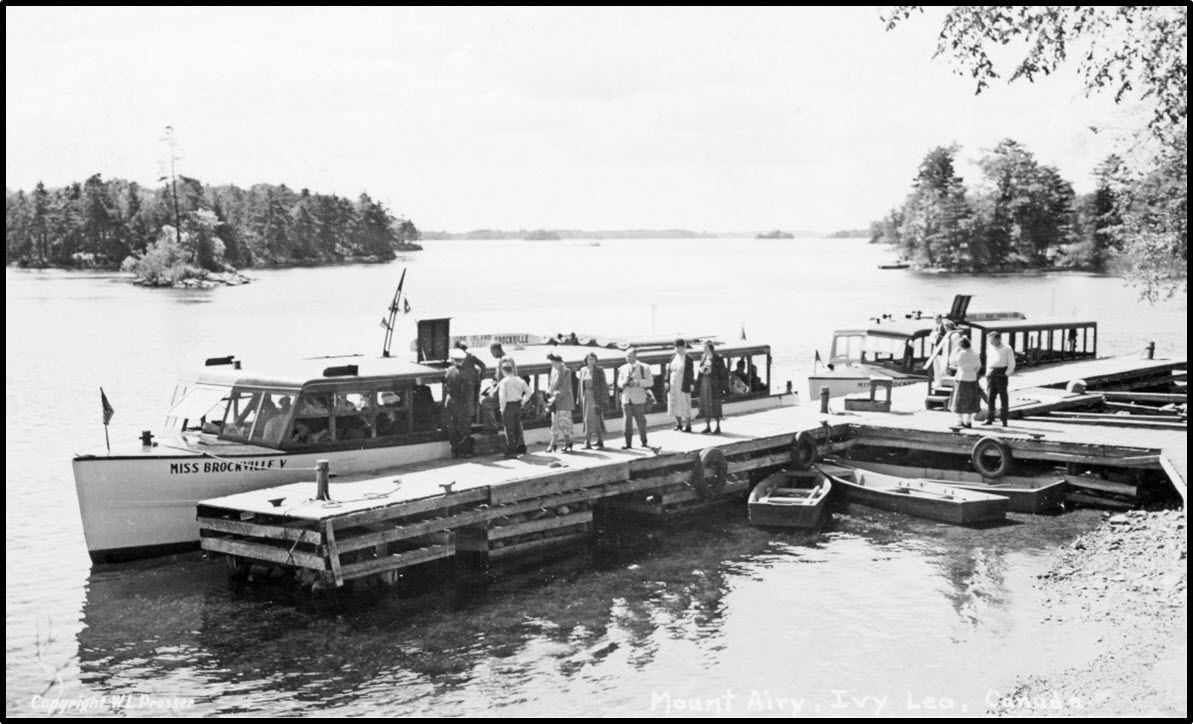
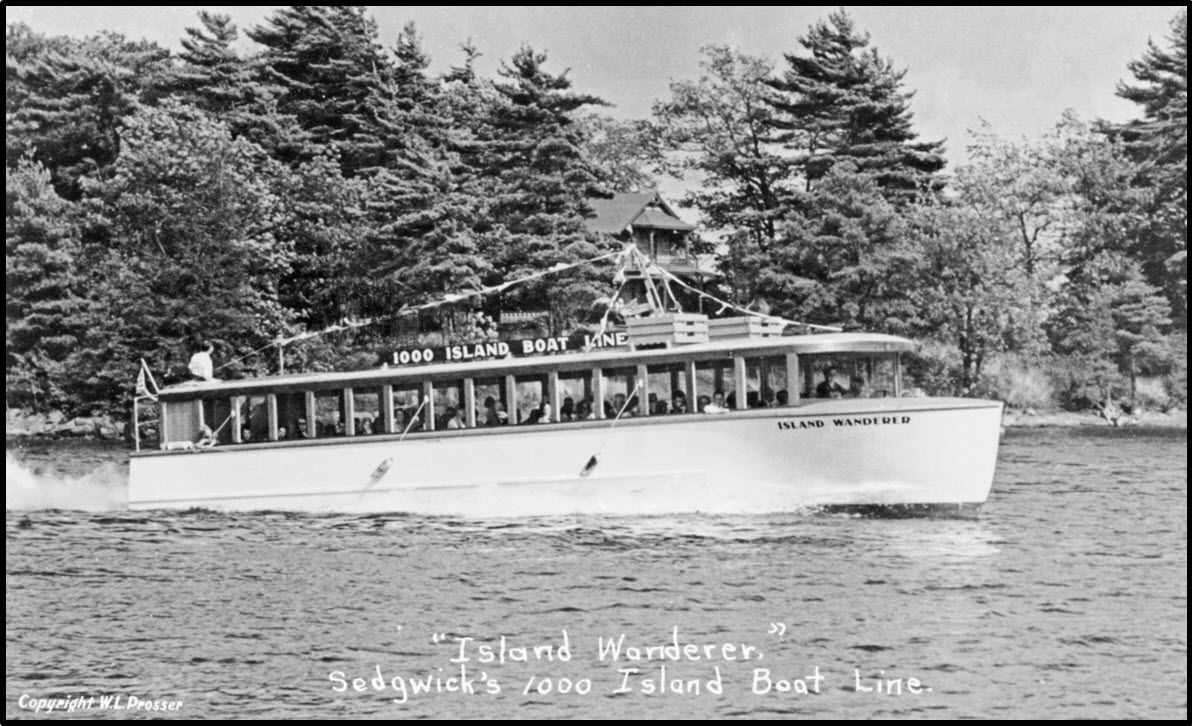
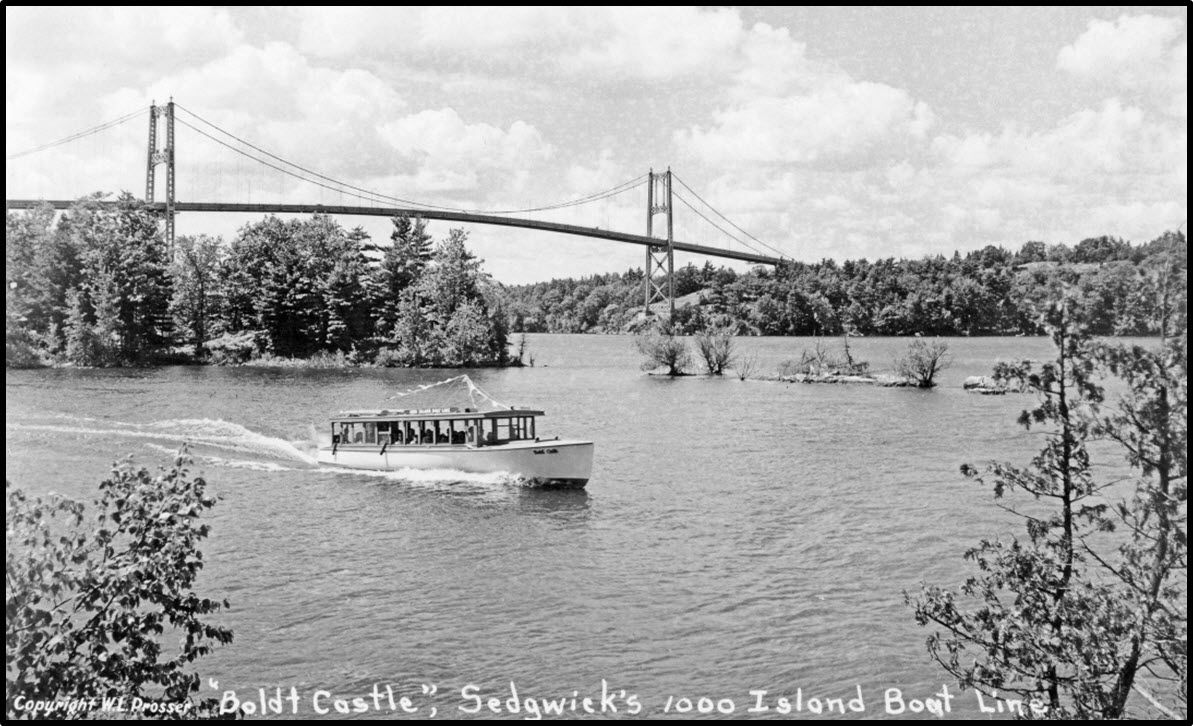
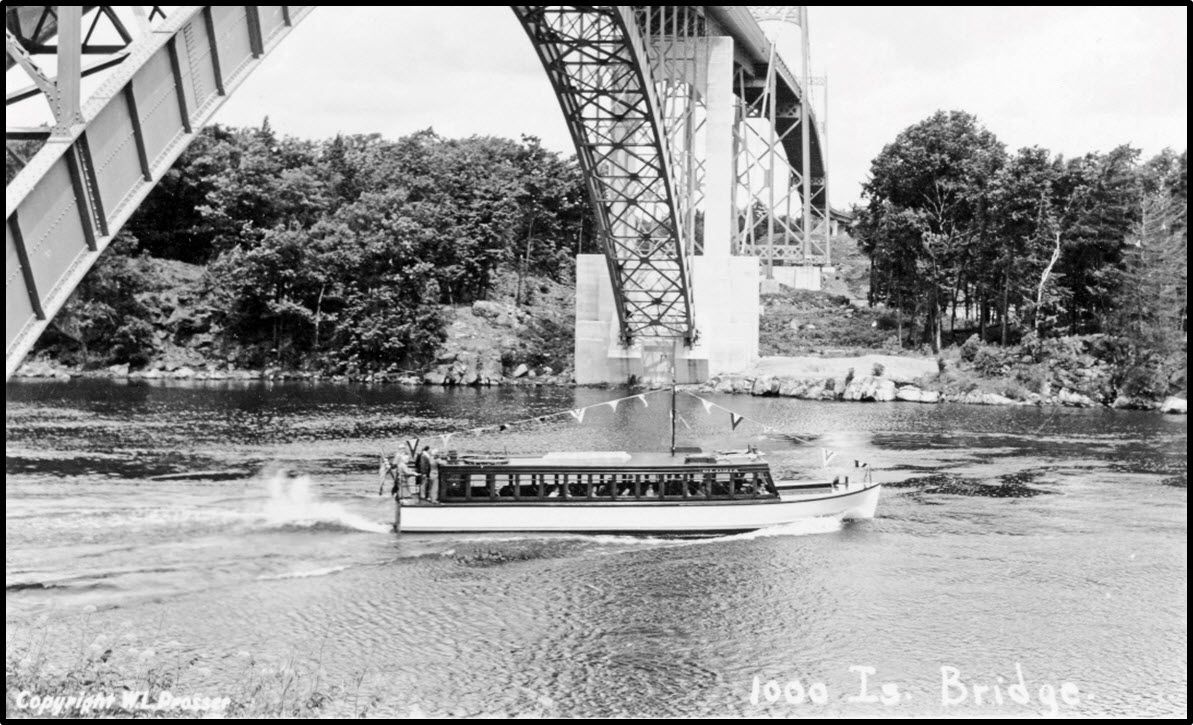
The two Prosser oil paintings shown below are of great sentimental value to the author. The one on the left was given to me and my wife as a wedding present by Mr. and Mrs. Prosser, forty years ago, and depicts the small gazebo that sits on the dock on the north-west side of Bostwick Island. I think of this painting every time that I boat past this location, as I head up the Wanderer’s Channel towards the Forty Acres. The second painting is a fall scene from McDonald Island and was purchased by my wife and me as a fifth wedding anniversary gift to each other.
Although Lorne Prosser passed away over thirty years ago, these two paintings, which I see just about every day, keeps his memory very much alive in our home and I swear I can almost hear his distinctive chuckle and smell his ever present pipe while I am looking at them!
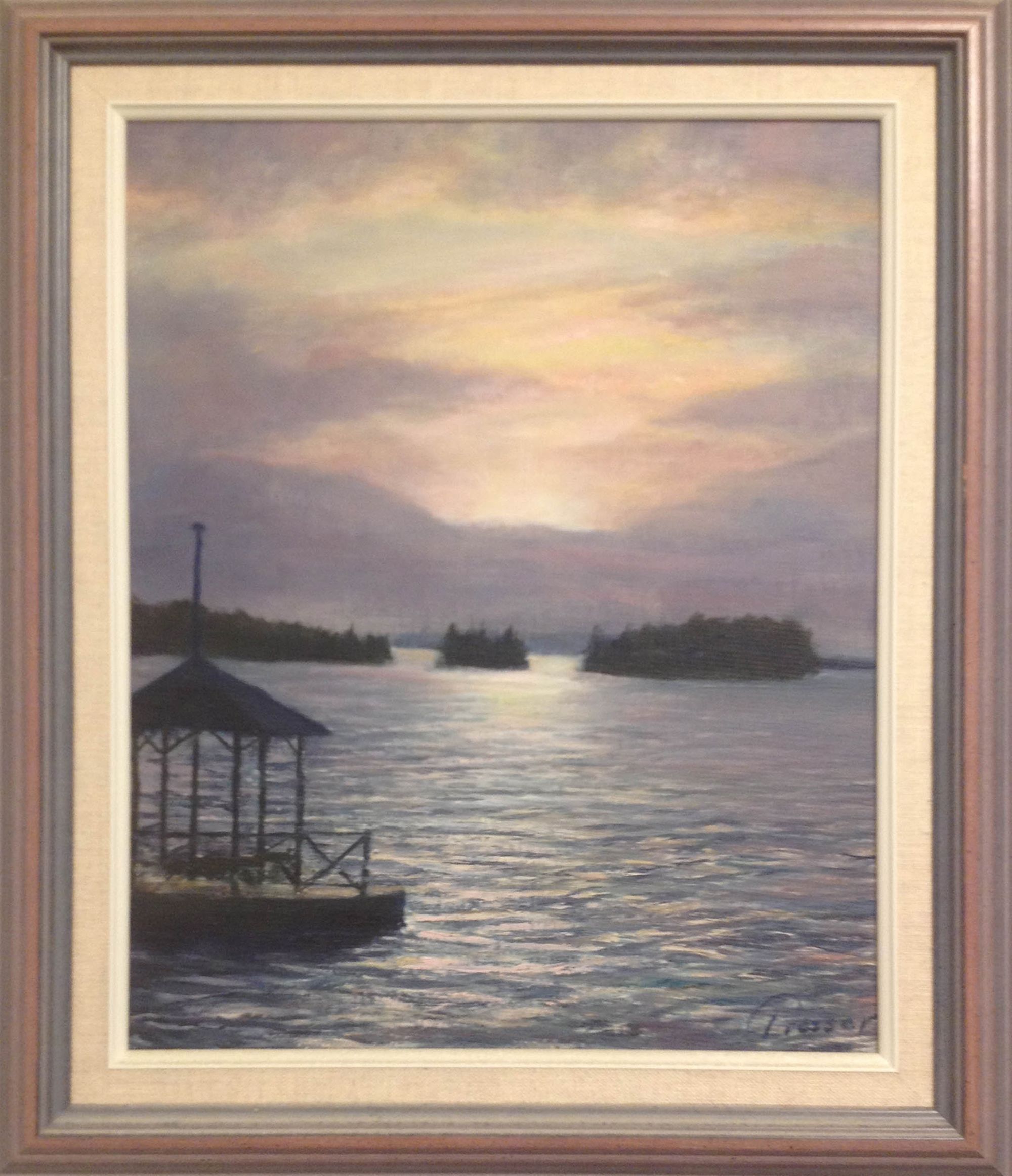
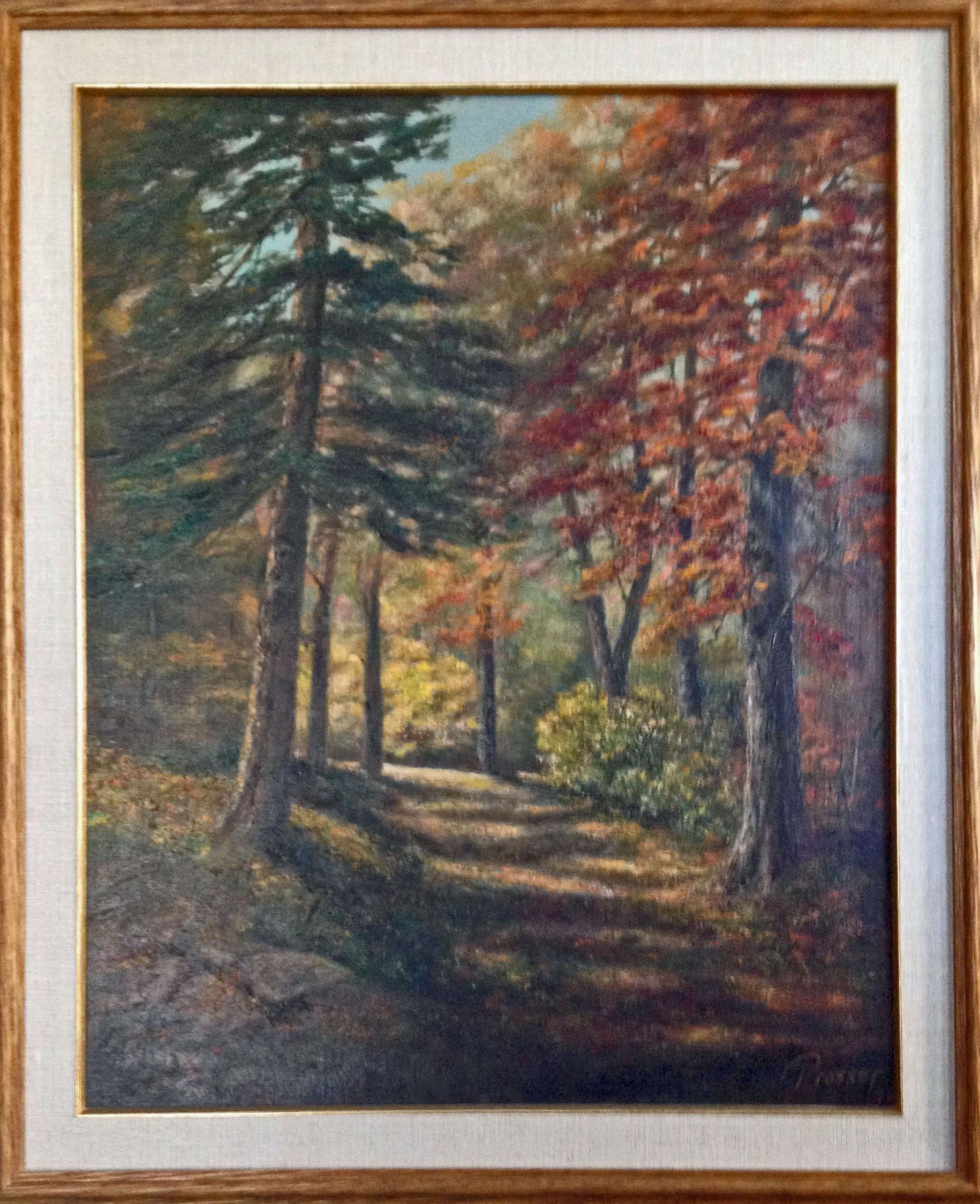
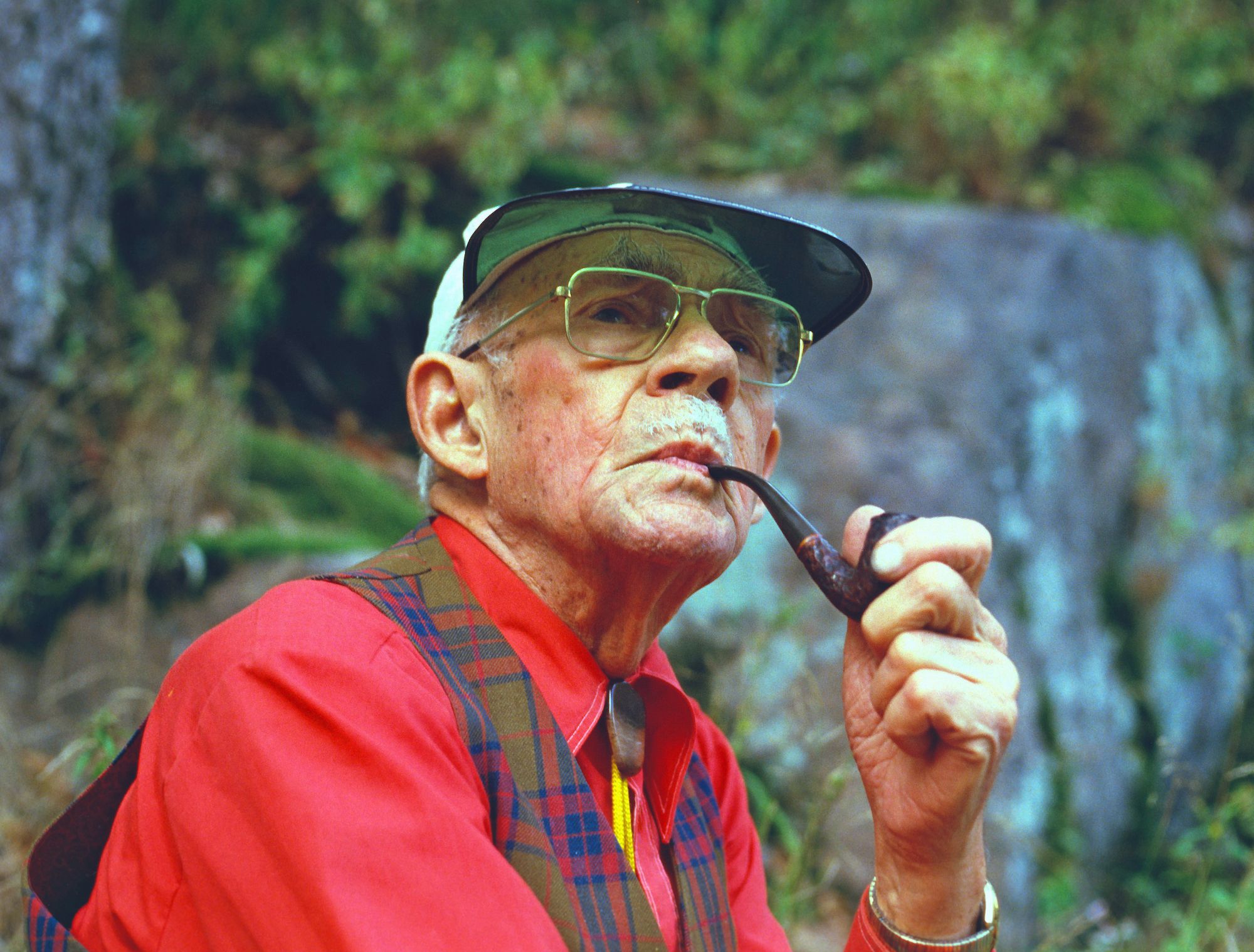
ADDENDUM:
In 2018, a group of students from Carleton University produced a documentary film about Lorne Prosser, which chronicled his life and career as a photographer in Gananoque.
By Tom R. King
Tom King and his wife Marion have lived in Milton, Ontario for the past 37 years, where they both worked and raised their family of three children; Kris, Mike and Becca. Tom has captured the history of the tour boat industry as well as giving us the best spider story in the past 16 years!
Read more articles by Tom King here in our new format for TI Life, and more articles on our old site.
[Header Photo courtesy the J.W. King Collection ©]


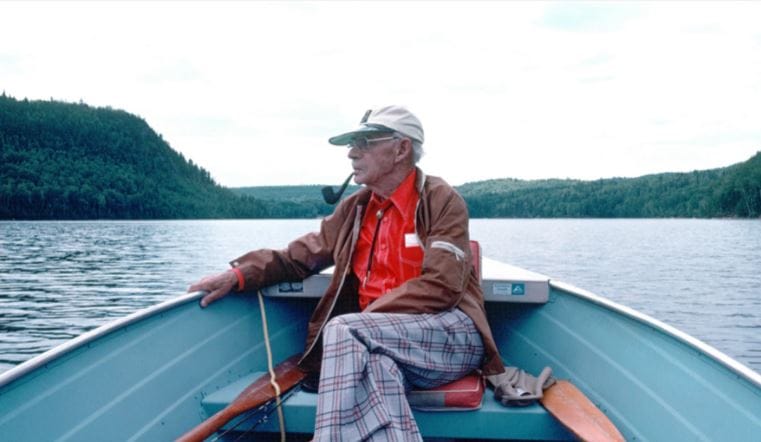



Please click here if you are unable to post your comment.